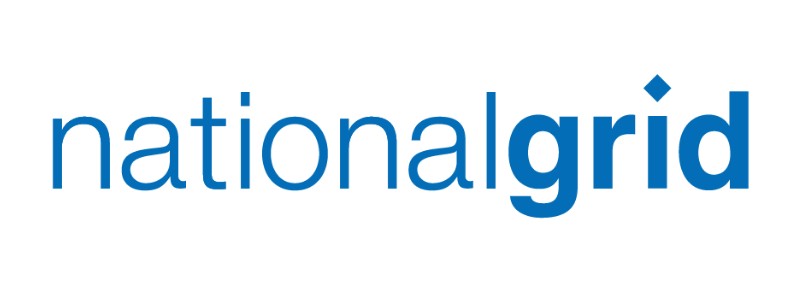Our work with National Grid Electricity Transmission (NGET) began in 2022, with a 12-month trial of an automated corrosion-detection system – the first project of its kind ever conducted in the UK. A collaboration with data-processing startup KeenAI, the system used autonomous drones flown BVLOS to capture close-quarter aerial data. This data was processed using AI, and georeferenced against a digital twin.
“By using drones and AI technology, we’ll be able to collect better data at lower cost and with much less environmental impact than our current approach. It will also free up valuable time for our teams who, typically, must manually assess many thousands of infrastructure images.” Mark Simmons, Condition Monitoring Manager, NGET
As of February 2024, we have signed our third contract with National Grid Electricity Transmission (NGET). Together, we are working to develop a UAV inspection system to maturity and expand it across the UK network. This includes supporting NGET to expand regulatory permissions, and flying drones BVLOS on further stretches of live overhead power line.












